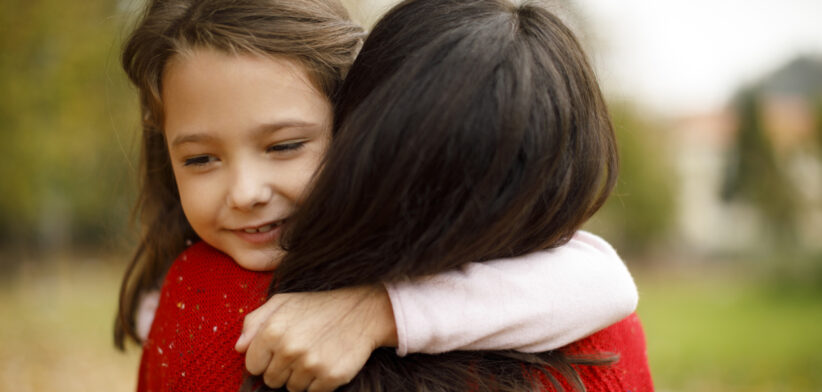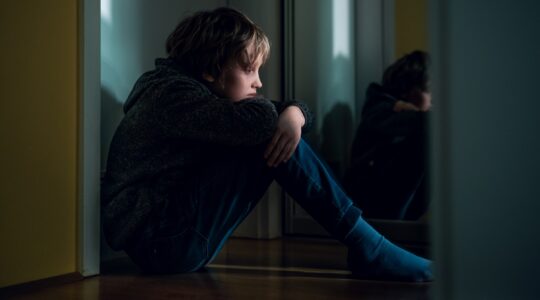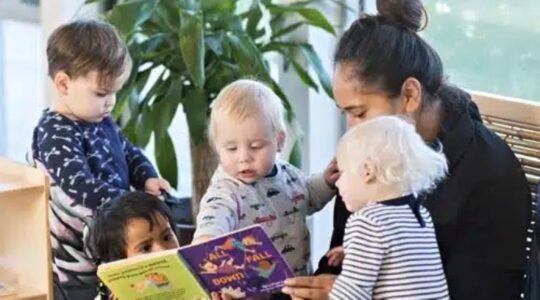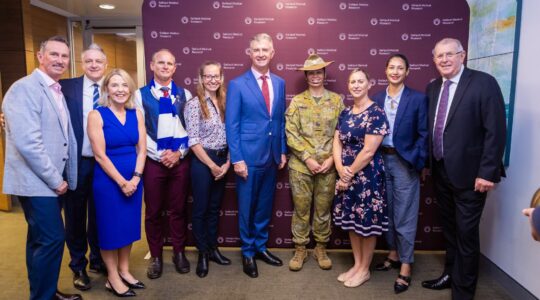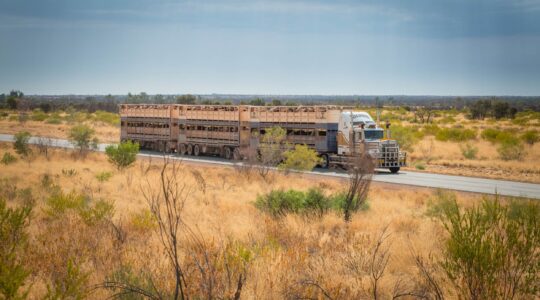By Michael Lucey
The implementation of the Child Safe Standards in Queensland will start from October 1, 2025, bringing with it a staged approach to child safety for organisations.
Arising from the National Principles for child safe organisation, and developed by the Australian Human Rights Commission, the principles were endorsed by states and territories in February 2019.
As such, these new standards will result in a streamlined approach across all states.
Why is this being implemented?
The National Principles are underpinned by a child-rights and strengths-based approach to Child Safe Organisations and are designed to be flexible, allowing all sectors and organisations that engage with children to apply them effectively.
The updates to the standards will guide organisations on how to set practices that prioritise, promote and protect the wellbeing and safety of all children. Since the new Queensland Child Safe Standards are based on the National Principles, the operations across Queensland will now be significantly more consistent with those already implemented in other states and territories.
What is being implemented?
Schedule 1 of the Child Safe Organisation Act 2024 (QLD) outlines the categories of organisations and businesses that are classed as ‘child safe entities’ (who are outlined in the following section), and such entities will need to comply with the following ten Child Safe Standards by April 1, 2026:
- Standard 1: Child safety and wellbeing is embedded in organisational leadership, governance and culture;
- Standard 2: Children are informed about their rights, participate in decisions affecting them and are taken seriously;
- Standard 3: Families and communities are informed and involved in promoting child safety and wellbeing;
- Standard 4: Equity is upheld and diverse needs respected in policy and practice;
- Standard 5: People working with children are suitable and supported to reflect child safety and wellbeing in practice;
- Standard 6: Processes to respond to complaints of child abuse are child focused;
- Standard 7: Staff and volunteers are equipped with the knowledge, skills and awareness to keep children safe through ongoing education and training;
- Standard 8: Physical and online environments promote safety and wellbeing and minimise the opportunity for children to be harmed;
- Standard 9: Implementation of the Child Safe Standards is regularly reviewed and improved; and
- Standard 10: Policies and procedures document how the organisation is safe for children.
As part of this rollout, organisations will also need to ensure the Universal Principle is embedded in each Standard. The Universal Principle involves consideration of how organisations are providing an environment that ensures the cultural safety of Aboriginal and Torres Strait Islander children and is of equal importance to the Child Safe Standards themselves. This means there is no ‘one size fits all’ approach to implementing the Child Safe Standards and will require organisations over the next few months to:
- Reflect on how the Child Safe Standards apply to their situation.
- Determine what needs to be reviewed, reinforced or developed to improve safety, wellbeing and cultural safety of children.
- Ensure a culture of continuous improvement capable of responding to challenges and holding children’s safety as a core priority.
Who will be impacted and when?
The initiative recognises that these changes will affect numerous institutions from different sectors, which vary in their readiness to comply. To attempt to mitigate this, phase 1 will require compliance for organisations in the following sectors, who will essentially ‘lead’ the way in October this year:
- Child protection services
- Services for children with a disability
- Justice or detention services
- Government organisations including public sector organisations under section 8 of the Public Sector Act 2022 (QLD), the Queensland Police Service and Local Governments.
Shortly after this, on January 1, 2026, phase 2 will commence and will call for compliance by the following organisations, including:
- Accommodation and residential services
- Education services
- Health services
- Early childhood education, care and child-minding services
- Community services.
Phase 3 will mark the final date for compliance, on April 1, 2026, for organisations in the following sectors:
- Commercial services for children
- Transport services provided specifically for children
- Religious bodies
- Services or activities primarily for children.
Who can help you meet your obligations?
The Queensland Family and Child Commission will oversee the rollout and offer guidance to organisations as they adapt to these standards, including by providing online child protection training.
Michael Lucey is a partner in the McCullough Robertson Lawyers Litigation and Dispute Resolution Group, where he primarily practises across public and administrative law, government advisory, and regulatory and occupational disciplinary law.
For advice you can contact Michael Lucey and McCullough Robertson Lawyers Tahnee Snelleksz and Isobel Brown.

